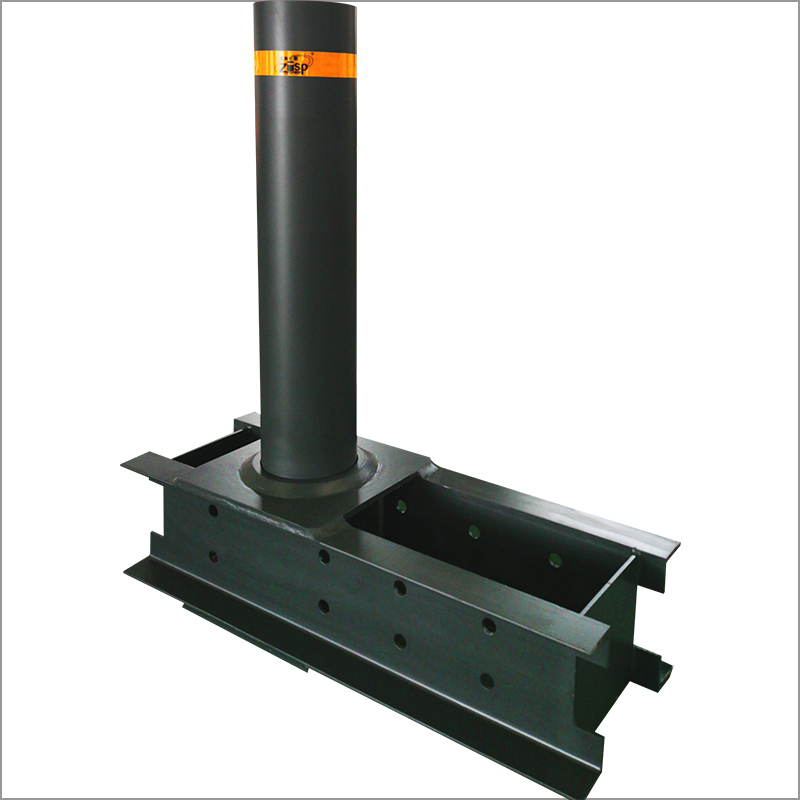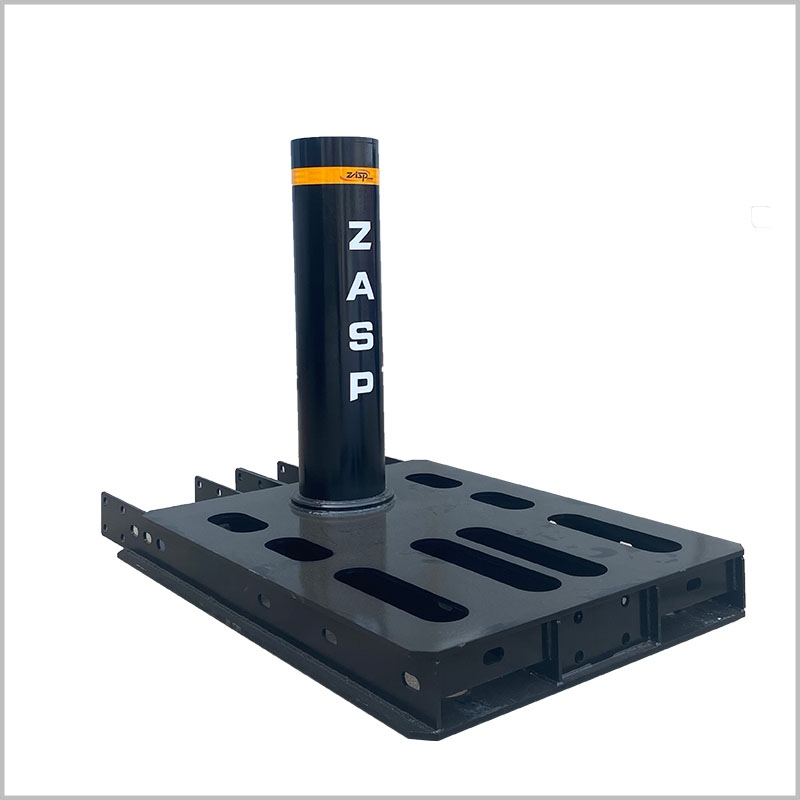
Automatic Bollards vs Manual Bollards: Understanding the Key Differences
When considering vehicle access control, selecting the right type of bollard is essential for ensuring safety and security. With a variety of options available, deciding between electric and manual bollards can be challenging. This article delves into the main differences between these two types, highlighting their unique characteristics, strengths, and applications.
The Main Difference Between Electric and Manual Bollards
Bollards can be broadly categorized into manual and electric types, each suited for different applications. Manual bollards [1] are generally more economical and user-friendly, making them popular for residential use. They enhance home security by preventing vehicle theft and unauthorized access. In contrast, electric bollards [2], often referred to as automatic bollards, provide robust protection for commercial environments, public premises, or sensitive installations. They are designed to withstand serious threats, such as ram-raiding or vehicular terrorism, and can be operated remotely for quick access in high-traffic areas.
Manual Bollards
Manual bollards encompass several types, with three main categories being telescopic, removable, and fixed bollards.
Telescopic Bollards
Telescopic bollards [3] feature a design that allows them to collapse into the ground, providing flexible driveway protection. They can be locked into place quickly, leaving them flush with the surface to eliminate tripping hazards. Highly effective and easy to use, these bollards are among the most popular choices for residential driveways. Lift-assisted telescopic bollards are also available, incorporating mechanisms that reduce lifting weight for easier operation.

Removable Bollards
Removable bollards offer similar flexibility to telescopic bollards but are lifted out of their outer casings instead of collapsing into the ground. These bollards are designed for areas with high water tables, where installing telescopic bollards may lead to rust and operational issues. Removable bollards can also be advantageous when there are underground pipes or wiring that limit excavation depth. When not in use, they are stored in specialized sockets to prevent damage.

Fixed Bollards
Also known as static bollards, fixed bollards are permanently installed and cannot be moved. They are commonly used for applications such as demarcation in parking lots or protecting retail establishments from ram-raiding. Occasionally, residential homeowners may use fixed bollards to permanently block vehicle access to specific areas of their property.

Electric or Automatic Bollards
Electric or automatic bollards are distinguished by their remote operation capability. They can be controlled via a key fob or programmed to raise and lower at specific times to accommodate peak traffic. While less common in residential settings, electric bollards are frequently found in commercial locations, industrial sites, or sensitive facilities.
These bollards are typically sturdier than manual options, reflecting their role as a first line of defense against unauthorized entry or ram-raiding. Some automatic bollards are equipped with LED lighting systems, enhancing visibility and safety for pedestrians and vehicles while deterring potential intruders.
Choosing the Right Bollard for Your Needs
When deciding between electric and manual bollards, consider the following factors:
| Security Requirements | Traffic Volume | Budget Considerations |
| If your primary concern is high-level security against potential threats, electric bollards may be the better choice. For residential areas or less critical applications, manual bollards could suffice | For locations with high vehicle traffic requiring frequent access, electric bollards offer the convenience of rapid operation. Manual bollards may be suitable for areas with lower traffic where infrequent access is needed | Manual bollards are generally more cost-effective, making them appealing for residential projects. Electric bollards, while more expensive, provide advanced features and enhanced security. |
Conclusion
Understanding the differences between electric and manual bollards is crucial for effective vehicle access control. Whether you opt for durable fixed bollards for site security, flexible telescopic bollards, or robust electric bollards, each type offers unique benefits tailored to specific needs. At ZASP, we specialize in providing high-quality hostile vehicle mitigation solutions, including fixed, removable, and electric bollards, designed to meet your security requirements.
Contact Us Today!
Explore our extensive range of vehicle security products and find the best solution for your needs. Visit our website or reach out to our expert team for personalized recommendations. Let ZASP help you enhance your property’s security with the right bollard system.
[1] Discover the advantages of manual bollards for home security, including cost-effectiveness and ease of use, making them ideal for residential properties.
[2] Explore how electric bollards enhance security in commercial settings, offering robust protection against vehicular threats with remote operation capabilities.
[3] Learn about the unique design of telescopic bollards that offer flexible driveway protection by collapsing into the ground, ensuring safety and convenience.
Read more:
High Security Fixed Bollards VS Removable Bollards | Hostile Vehicle Mitigation
Retractable Bollards How They Work and Their Benefits
Keywords: electric bollards, manual bollards, fixed bollards, removable bollards, telescopic bollards, automatic bollards, hostile vehicle mitigation
Meta description: Explore the differences between electric and manual bollards for vehicle access control. Learn about fixed, removable, and telescopic bollards, their applications, and which type is best for your security needs. Discover ZASP’s high-quality hostile vehicle mitigation solutions today!

